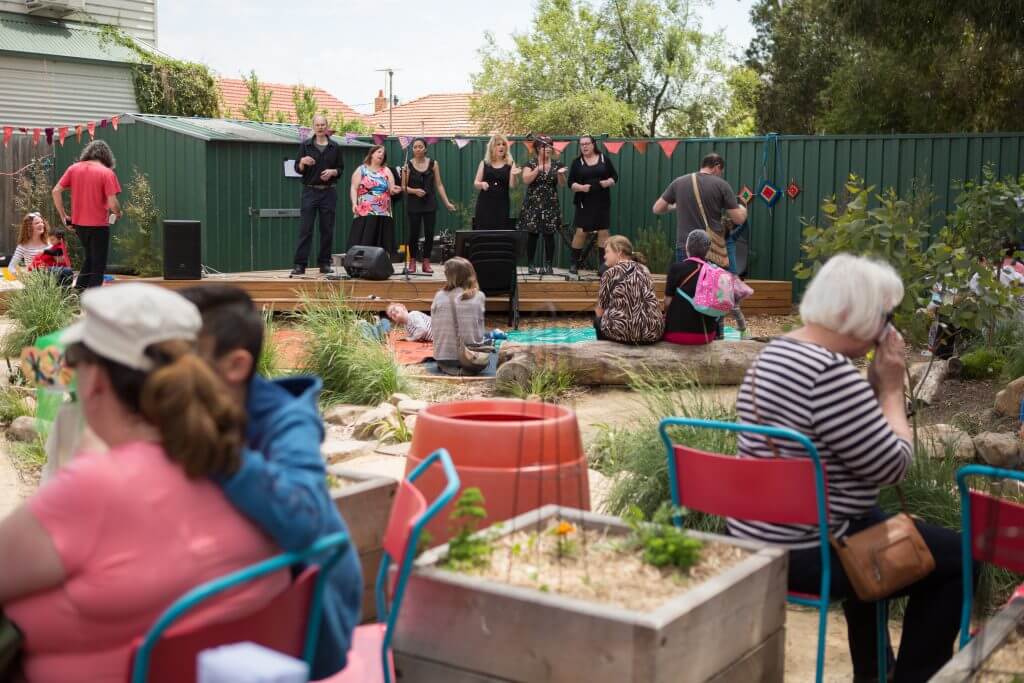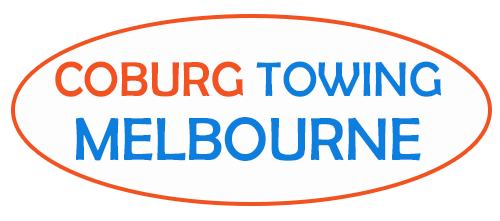Reynard Street Neighbourhood House

Aboriginal History
The Traditional Owners of the land now known as the City of Moreland are the Wurundjeri people of Kulin Nation. The Woiwurrung language was spoken by the Wurundjeri people. Their name comes from wurun which means Manna Gum (Eucalyptus Viminalis) and djeri which refers to a grub that is found in the tree.
This land was an important source for water and food for the Wurundjeri tribes who lived in the area for thousands of years prior to European settlement. The land was not owned by the Wurundjeri in the European sense, but they belonged to or were ‘owned’ by the land. They didn’t live in permanent settlements, but they camped within the boundaries of their clans where food was abundant. When the land needed to regenerate, they moved on. They treated the land with respect and provided everything they needed, including food, water, medicine, shelter, and shelter.
The impact of open warfare, new diseases, dispossessions, and the loss of food and water caused a dramatic decline in the Indigenous population’s ability to live and thrive in the years after British colonization. Coranderrk, located 50km north-east from Melbourne, was established by the Victorian government as a reserve for Indigenous people who were displaced from their traditional lands in 1863-1924. In 1924, the reserve was officially closed and most of its residents were relocated to Lake Tyers Mission.
Colonial history
The army accepted the offer from Coburg Borough Council to build a drill hall. It was charged a peppercorn rent of five hundred years. Senator Miller, Minister of Defence, officially opened it on February 27, 1914. Murray Gavin, a Councillor, discovered in 1975 that it was illegal for Councils not to lease land for more than ten years. After some hesitation, the army was requested to leave. In November 1987, the hall was destroyed and the land that had been cleared and planted was opened as Robinson Reserve in July 1988.
The council initially planned to use the house as a caretaker’s cabin, but Councillor Paul Huckin, and Ms Carol Mathew (community services manager), recognized that it could be used as a Neighbourhood House. In 1973 Victoria opened its first Neighbourhood Houses/Community Centres. By 1988, there were nearly three hundred. The House was officially inaugurated by Murray Gavin later that year.
On Wednesday 13 July 1988, The Coburg Courier (page 7) reported that the Robinson Reserve Neighbourhood House committee had elected a committee to allow the community to choose the activities they would like to hold at the house. The slogan was “Community input”. Playgroups, community lunches, and English as a second tongue were all suggested. Community groups could also use the house to host meetings. The article also includes a photo of the participants in the house and some children. You can find the original article in print at the Coburg Public Library’s local history room.
Robinson Reserve History
G.W. Harman published the book titled ‘City of Coburg-Register of Reserves’. Harman, dated 30th Nov 1976, is available through Coburg Historical Society. It states that the Reserve, with an area measuring 1.02 ha, was named for John Robinson, who was a councillor between 1922 and 1932, and was mayor in 1925/26.
This brief history of Robinson Reserve is based on information from the Coburg Historical Society Newsletter No. 11 dated 21st Oct 1987
Although the Army wanted to retake the Reserve from the Army when they were asked to vacate it, the Coburg Council decided to keep the Reserve as a park for residents of Coburg. Murray Gavin, Mayor of Coburg, requested that the Research Section of Coburg Historical Society discover that the Reserve was part the original Crown Portion 140, which belonged to John Pascoe Fawkner, the Crown Grantee. The reserve was in different hands during J.P. Fawkner’s ownership. On 7th November 1908, the Metropolitan Permanent Building Society sold it to the Borough. Additional information is available in the newsletter attachment Robinson Reserve
The Moreland Reserve Committee, a group of adjacent residents, raised objections to the drill hall being built so close to their homes. The Coburg Council responded by offering the Army 2.5 acres of land in Reynard Street at one shilling per annum. For the use of the 59th Regt’s senior cadets, the Defence Department built the Coburg Drill Hall at a cost to PS1500 in Reynard Street. When it was formed, and later for a battery or Field Artillery. On Friday 27 February 1914, Senator Millen, Minister of Defence, officially opened it. The Coburg Council was commended for granting 500-years of land to the Defence Department at a peppercorn rental. Senator Millen, Minister of Defence, gave a speech at the ceremony that was marked by solid and reasoned patriotism. Both the Federal House and the public endorsed the grant.
Reynard Street Neighbourhood House is near the Coburg Towing Melbourne.
We offer Towing Melbourne, Emergency Towing , 24/7 Towing, Roadside Assistance, Motorcycle Towing and other towing services in Melbourne.
Please check below Google Maps.
